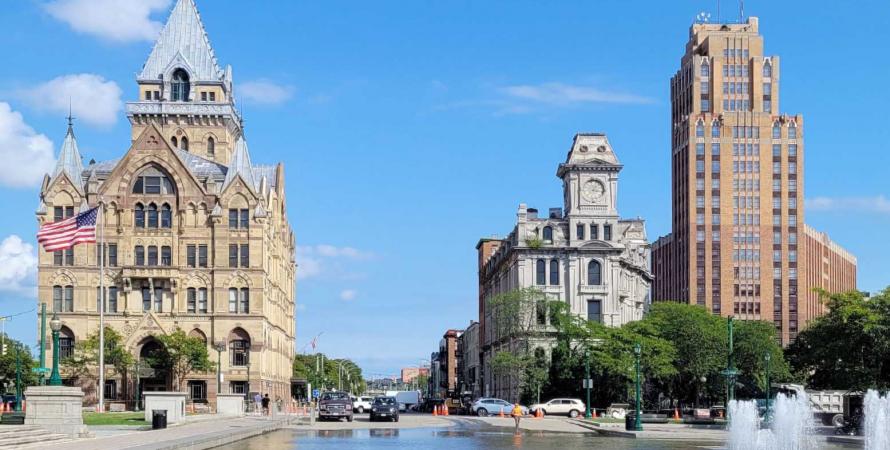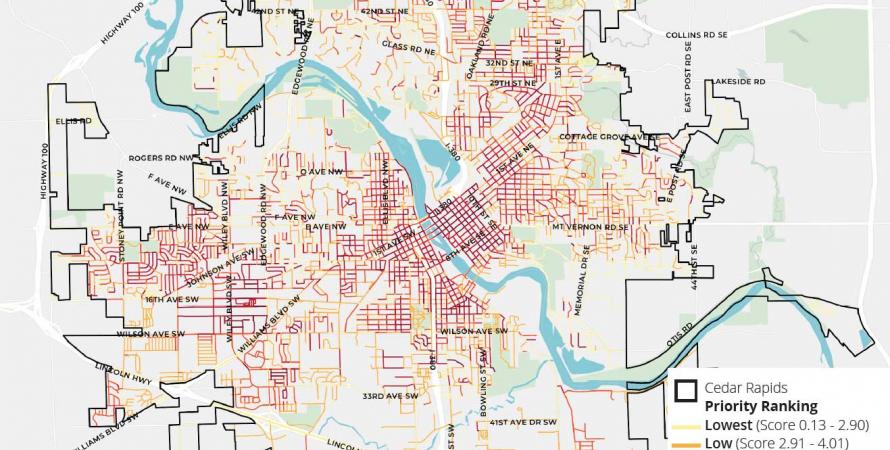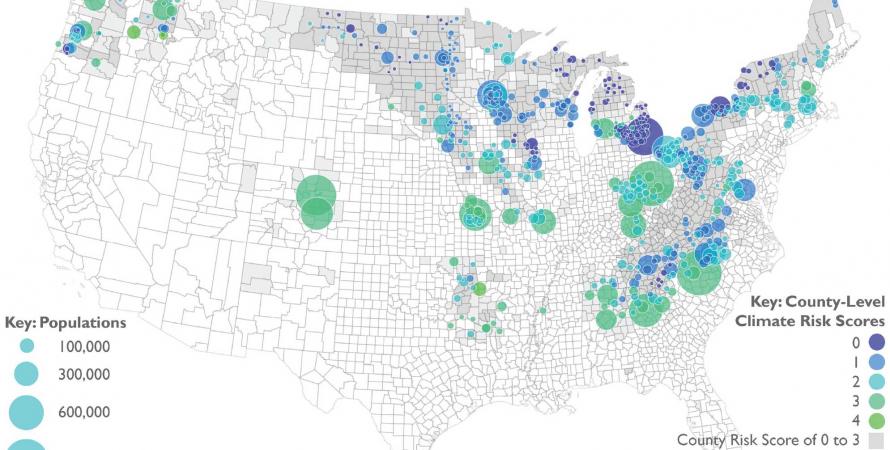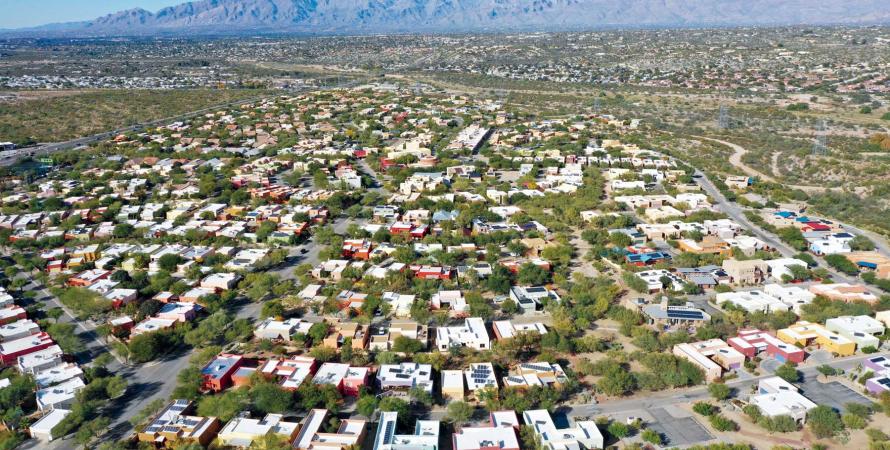-

Receiver places: Planning for climate migration
Receiver places, a term coined by urbanists for communities likely to gain migrants as climate problems grow, refers to not just physical places but also a process of preparing for change. “ Managed retreat ” is a related term, the other side of the coin to a receiver place. “Managed” implies that...Read more -

Ambitious plan to replace tree canopy lost to storm
In just over an hour, Cedar Rapids lost more than half of its trees—the recently adopted plan has lessons for many cities.Cedar Rapids, Iowa, will plant 42,000 street and park trees and advise private landowners on how to replace a half million more to recover from a major August, 2020, derecho storm. The 10-year equitable tree recovery plan, ReLeaf Cedar Rapids , is a collaboration of the city, nonprofit Trees...Read more -

What cities will receive climate migrants?
A group of urbanists has compiled a list of “receiver cities and towns” from across the US, and identified principles for how communities can become more resilient to climate change.In new urbanists circles, there has been talk for years about “receiver cities”—places that are likely to gain migrants as climate change problems grow—but nobody has carefully defined what that means, until now. Place Initiative , an organization of young urbanists focusing on climate and equity,...Read more -

Vision of a ‘solar village,’ realized by New Urbanism
Civano New Town is a groundbreaking fusion of New Urbanism and green design that has proven the efficacy of both together. Moule & Polyzoides, Architects and Urbanists won a 2022 CNU Charter Award in the Neighborhood, District, and Corridor category.Beautiful to look at, culturally sensitive, and measurably sustainable, Civano New Town in Tucson, Arizona, was ahead of its time. Planned in 1996, Civano set a standard for what was then a radical idea—combining New Urbanism and green design. Due to economic and ownership circumstances, only one...Read more